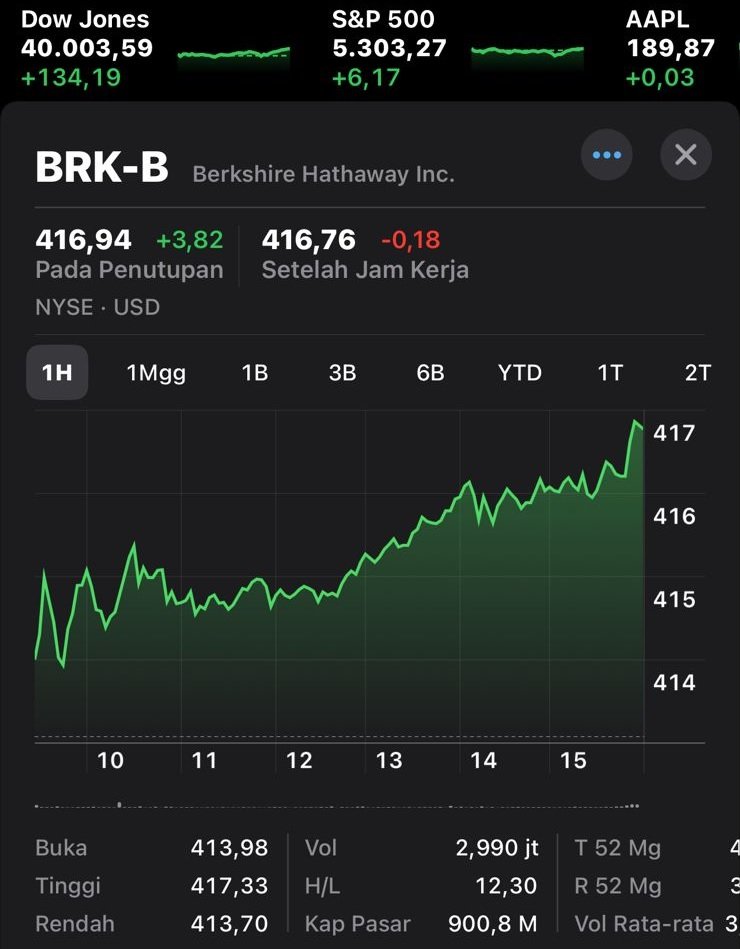Size distribution of firms is the pattern or distribution of companies of various sizes in an economy, which is a very important aspect in understanding and assessing the structure and dynamics of the economy. The size distribution of firms can provide important information that is very valuable in understanding the level of competition, the concentration of economic power, as well as the health and performance of the economy in general.
This indicator is a reflection of the diversity and heterogeneity of economic activities in a regional or country’s economy, representing the range of company sizes from small-scale companies to large-scale companies, and how these companies are distributed throughout the regional or country’s economy. Understanding the size distribution of firms is important for economists, business practitioners and policy makers because it can provide an understanding of market competitiveness and efficiency, as well as potential barriers to entry and economic growth.
The distribution of firm sizes can vary greatly between industries and between sectors, with some industries may have a few dominant firms in the economy that exhibit a high level of concentration, while other industries may have a large number of small firms that exhibit low concentration. The shape and pattern of the size distribution of firms curve can also vary, ranging from a very skewed distribution curve with a few large companies dominating the market, to a curve with a more even shape depicting a larger number of small and medium companies.
Factors Affecting Size Distribution of Firms.
The size distribution of firms is influenced by various factors, both internal and external factors of the company in the economy. These internal factors can include a company’s capacity for innovation, level of productivity, managerial capabilities, their access to financing, and the economies of scale they have. Large companies often have a competitive advantage over the competition because of their ability to invest in research and development (R&D), adopt new technologies, and benefit from economies of scale in their production, which can result in greater productivity and profitability. higher.
The external factors that shape the size distribution of firms include market structure factors, regulatory environmental conditions, government policy factors, company access to resources, and the level of competition in the market. In industries with high barriers to entry, such as in capital-intensive sectors or industries with large economies of scale, large companies will usually dominate the market because it is difficult for small companies to develop and compete. On the other hand, in industries with low barriers to entry and a more competitive environment, small companies actually have a higher chance of surviving and growing, because they can compete within their limitations.
The Importance of Understanding Company Size Distribution
Understanding company size distribution has important implications for entrepreneurs and other business stakeholders. Some reasons why this is important include:
1. Identify Market Opportunities
By understanding the distribution of company sizes in an industry, entrepreneurs can identify the market segments with the most potential. For example, if distribution indicates that most companies are small, then the market for an affordable product or service may be larger than the market for a luxury product.
2. More Effective Marketing Strategy
By knowing the relative sizes of competitors and potential customers, companies can design more effective marketing strategies. For example, if the majority of customers are small, then the marketing focus should be on delivering clear value and affordable prices.
3. Development of Products and Services that are Right on Target
Understanding company size distribution also helps in developing targeted products and services. Companies can customize their product portfolio to meet the needs and preferences of potential customers based on the size of their company.
4. Determining Growth Strategy
By knowing the distribution of company sizes in a market, companies can make strategic decisions about growth. For example, if the majority of competitors are small, a company may choose to focus on geographic expansion or product diversification.
Company Size Measurement.
There are various metrics used to measure a company’s size, which may include headcount metrics, annual revenue metrics, market share metrics, total assets, or market capitalization metrics. Each measure used to measure company size can provide a different perspective regarding the size distribution of firms and can be used to analyze various aspects of company performance and competitiveness in the economy.
For example, the number of employees can give us a good understanding of a company’s labor intensity and its role as a job creator. Annual revenue and market share metrics can indicate a company’s market strength and their ability to generate sales in their business and control a significant portion of the market. Total assets reflect the company’s overall financial strength and the company’s capacity to invest, while market capitalization is a metric that represents the total market value of a company’s outstanding shares and can reflect investor sentiment and expectations regarding the company’s business prospects and future.
Implications of Size Distribution of Firms on Economic Growth and Development.
The size distribution of firms has important and fundamental implications for the economic growth and development of a region or country. In countries with a more even size distribution of firms, small and medium enterprises (SMEs) play an important role in driving the economy, such as creating jobs, creating innovation and economic dynamism. SMEs, namely Small and Medium Enterprises, usually have the ability to adapt to changing market conditions and their businesses are more flexible, and these SMEs can contribute to a more diversified economy, thereby making the country’s economy more resilient.
On the other hand, countries with a high concentration of large companies actually face various critical obstacles such as reduced competition in the market, barriers to entry for new companies, and potential negative impacts on innovation and productivity. Large companies have the power to influence market dynamics, set prices, and shape industry standards, which abilities can limit opportunities for small companies to enter and compete in the market, and this is actually bad for the country’s economy.
So policies and interventions from the government are needed that aim to encourage a more balanced size distribution of firms so that it can help encourage fairer competition, encourage entrepreneurship in society, and encourage the growth of innovation and productivity. The government can implement various policies that include measures to reduce barriers to market entry, increase access to financing for small companies and new entrepreneurs, improve skills and capabilities, and promote fairer market conditions and equal competitive competition in the market.












